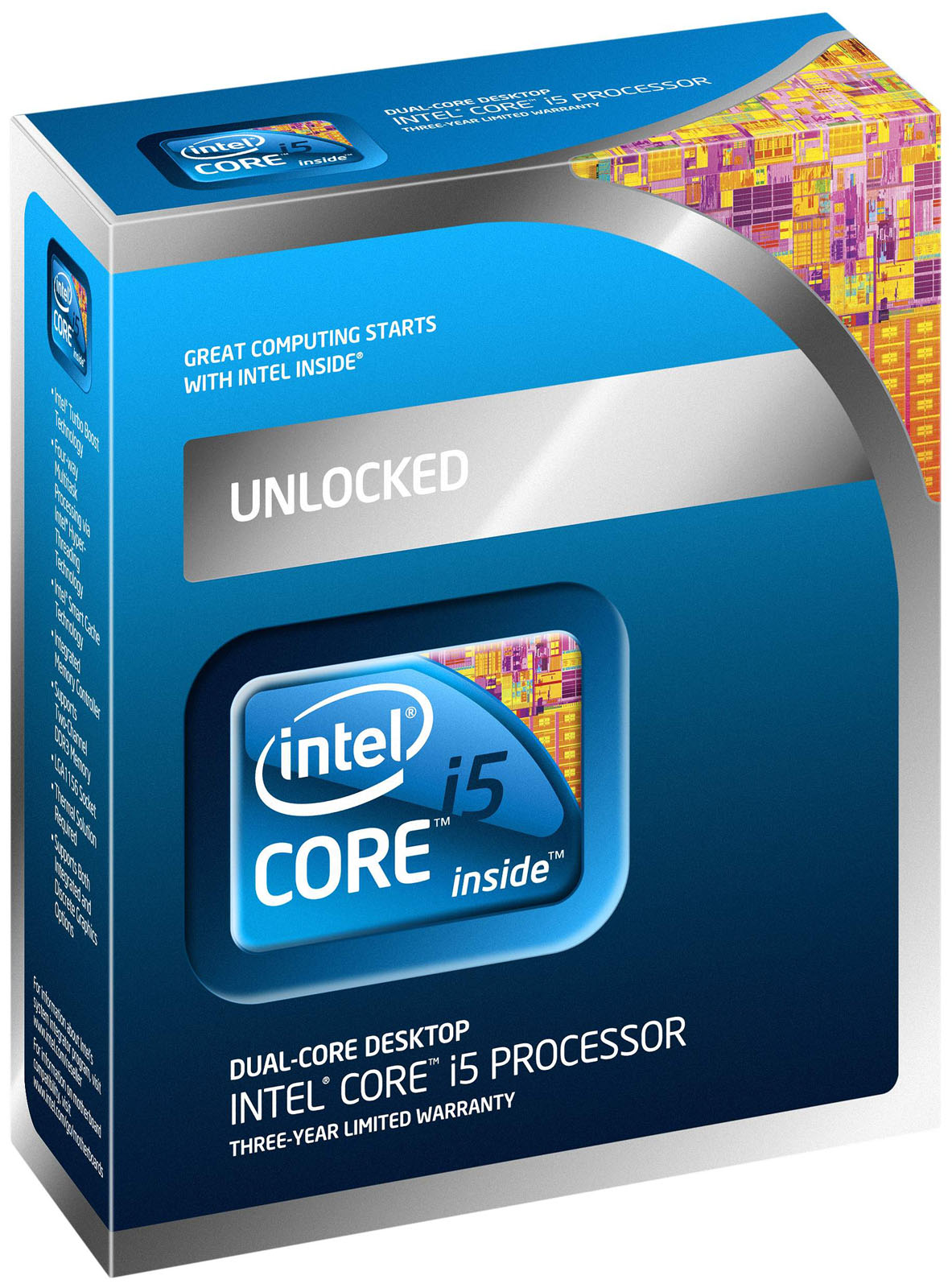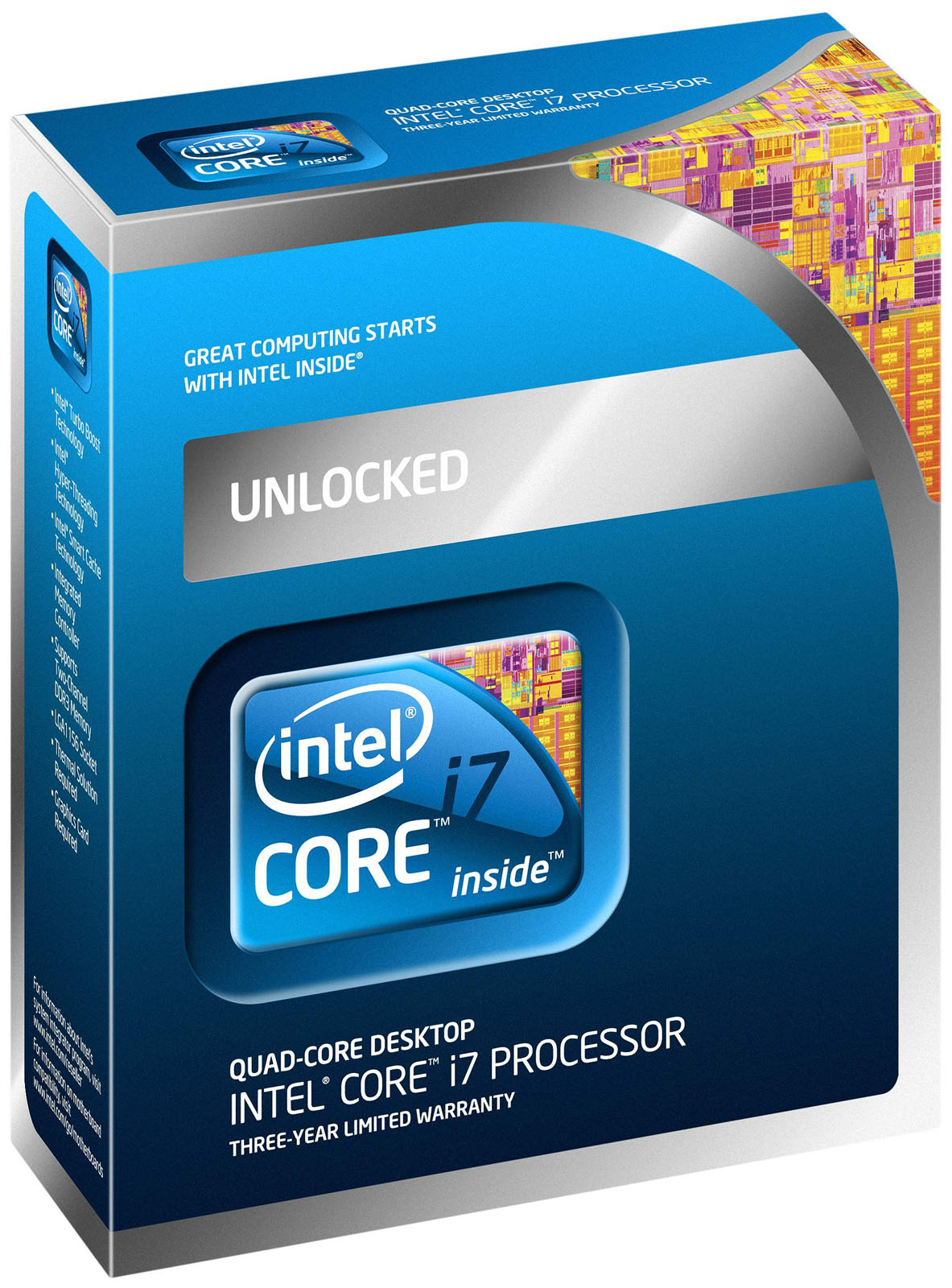Intel Core i7-875K And Core i5-655K Battle Beyond 4 GHz
Do you like the idea of an unlocked clock multiplier, but don't want to pay $1,000 for an Extreme Edition? Intel's K-series CPUs bring overclocking down to the mainstream. The question is: can these scalable parts keep up with AMD's Black Edition CPUs?
So Many Ways To Exceed 4 GHz
Editor's note: We're partnering up with CyberPower to give away a PC valued at $1,499 based on Intel's Core i7-875K processor. The contest details are on the last page of this review. Make sure you enter to win!
Seven years ago, Intel was a rigid company. It vehemently discouraged overclocking—after all, that was just another way for unscrupulous resellers to liquidate lower-end processors as higher-margin parts.
But then it let loose the Gallatin-based Pentium 4 Extreme Edition running at 3.4 GHz (not a far cry from where the 3.33 GHz Core i7-980X Extreme Edition sits today, in fact). Among the chip’s differentiating features was a 2MB L3 cache that added a bit of performance.
Over time, Intel did more to set the $1,000 Extreme Editions apart from the rest of its desktop lineup. Most notably, it granted the EEs unlocked clock multipliers, simplifying overclocking without officially sanctioning the practice. The problem: only someone willing to drop a grand got access to that nifty little feature. And really, how many of us have a spare thousand bucks lying around?
Meanwhile, in an effort to excite enthusiasts (despite an overall performance disadvantage), AMD has, over the years, launched a number of Black Edition processors also armed with unlocked clock multipliers. Of course, the main difference between Intel's and AMD's efforts is that AMD’s unlocked parts are significantly cheaper. A Phenom II X2 550 Black Edition sells for less than $100. Even the company’s flagship Phenom II X6 1090T Black Edition sells for $310—less than a third of Intel’s Extreme Edition parts.
Don’t get it twisted, though. AMD’s offerings cost less because they aren’t as fast at their stock speeds. You could even say that they’re priced competitively. It just so happens that overclockers don't really care about stock, default, or vanilla ice cream, though. They want to know what happens when you crank the dial, fire the afterburners, and add caramel sauce to the sundae that is a performance PC.
Intel Gets With The Program
Get Tom's Hardware's best news and in-depth reviews, straight to your inbox.
Because it’s seen as the company more sympathetic to the power user’s quest for control over his machine, many enthusiasts buy AMD-based hardware on principle. That's not the way I shop, but I read enough of the comments section to know what some of our most vocal readers think.
Sure, Intel has loosened up over the years with high-end desktop SKUs, more flexible motherboards, and even the dual-socket Skulltrail platform. But the fact that its flashiest fare is also prohibitively expensive almost feels like a slap in the face to the very tenets of overclocking: garnering maximum value by optimizing affordable hardware, Celeron 300A-style.
In an almost-unbelievable move, however, the company is giving enthusiasts something that AMD formerly had the monopoly on: reasonably-priced, unlocked parts that have the potential to overclock like hell.
Meet the Core i7-875K and Core i5-655K. Aside from their K-designators and unlocked core/memory multipliers, both SKUs are exactly the same as processors already available today: Core i7-870 at 2.93 GHz and Core i5-650 at 3.2 GHz.
Of course, the Core i7-875K centers on Intel’s 45 nm Lynnfield design, offering four cores with Hyper-Threading enabled, Turbo Boost technology, and a shared 8MB L3 cache. The chip’s dual-channel DDR3 memory controller is integrated onto the processor die, allowing it to move lots of data, quickly. According to Intel, the Core i7-875K employs the exact same silicon revision as previously-launched Lynnfield processors.
| Processor | Base Clock Speed | Unlocked Ratios | Turbo Frequency | Cores / Threads | L3 Cache | Memory | TDP | Price |
|---|---|---|---|---|---|---|---|---|
| Core i7-980X | 3.33 GHz | Core, DDR3, Power | Up to 3.6 GHz | 6/12 | 12 MB | 3 x DDR3-1066 | 130W | $999 |
| Core i7-875K | 2.93 GHz | Core, DDR3, Power | Up to 3.6 GHz | 4/8 | 8 MB | 2 x DDR3-1333 | 95W | $342 |
| Core i7-860 | 2.8 GHz | DDR3 (Up to 1,600 MT/s) | Up to 3.46 GHz | 4/8 | 8 MB | 2 x DDR3-1333 | 95W | $284 |
| Core i5-655K | 3.2 GHz | Core, DDR3, Power | Up to 3.46 GHz | 2/4 | 4 MB | 2 x DDR3-1333 | 73W | $216 |
| Core i5-650 | 3.2 GHz | None | Up to 3.46 GHz | 2/4 | 4 MB | 2 x DDR3-1333 | 73W | $176 |
The Core i5-655K leverages the 32 nm Clarkdale configuration, equipped with two physical cores that use Hyper-Threading to address four threads simultaneously. Turbo Boost is again made available, and the shared L3 cache drops to 4MB. Clarkdale sees the integrated memory controller moved off-die and onto another piece of silicon on the same package, which also houses onboard graphics. As expected, AES-NI acceleration makes a return here.
Because both processors center on Intel’s LGA 1156 interface, you’re still limited to 16 lanes of on-package PCI Express 2.0 connectivity, potentially limiting the multi-card flexibility of these processors in a gaming rig. But we’re going to be testing with a single Radeon HD 5970 today. And for that dual-GPU board, 16 lanes is just the ticket…
Current page: So Many Ways To Exceed 4 GHz
Next Page Intel: 4.8 GHz On Air? Sure!-
Known2Bone wow now that is some serious over-clocking... and here i am trying to push my 955 up past 3.93. i would have liked to see some liquid cooling tossed in to spice things up and maybe one more 5970... great job Chris!Reply -
cangelini Known--I'll talk to Thomas about getting some of that going in his next System Builder Marathon piece. He loves liquid cooling =)Reply -
Stardude82 Intel did release the E6500K for the LGA 775, but only in Asia.Reply
The only good thing here is that these chips will probably ship with heat sinks that don't suck and a good price drop for the i7 870. Otherwise, who cares, FSB stability on decent P55 boards has not been a problem. What the socket really needs from Intel is a better chip-set, not easier overclockers. -
nurgletheunclean 9. All prize winners are responsible for taxes and other surcharges on the prizes they win.Reply
1099'd for $1499? I hate how contest prizes all have full MSRP on everything. Even if you win it end up costing you $500+ in taxes. -
SpadeM Intel makes good cpus, that's a given. Their problem lies in the pricing of such chips. I mean if you could buy a processor because you want to overclock it then the locked but cheaper one is as good as the unlocked one. Sure, it's more difficult, but I for one love a challenge.Reply
Also, as a side note, I do have a problem with the benchmarks and more accurately with the conclusion you extracted from them. Who in their right mind would buy a processor, overclock it, and then do iTunes all day ... I mean come on, there's more to life then music ripping. What I'm saying is that the benchmark section SHOULD be remade entirely. Same old tests, that I could anticipate the outcome of every time, isn't a very compelling way to make a point. I do appreciate the game section though, at least i saw a new title. -
jecastej Finally, very good news for serious desktop processing power that wont leave me with an empty wallet. The 875K is going to be my next CPU for 3D modeling and rendering. I hope it will keep me entertained for a while =)Reply
Don't get me wrong but I was getting bored with the tiny world of ARM and Tegra and on the other side of the spectrum the hexacores and dual Xeons were far and away for my budget. -
anamaniac sarsoftLGA 1366 i7 hopefully will be available soon. GRRRRRRRRR........On Xtremesystems.org, I just read about a guy reaching 4.644GHz on air with his i7 930. Granted, he has a great chip, but by no means is a unlocked multiplier needed for high overclocks.Reply
If I were to build a new PC, the 1090T/1055T would be very complelling.


